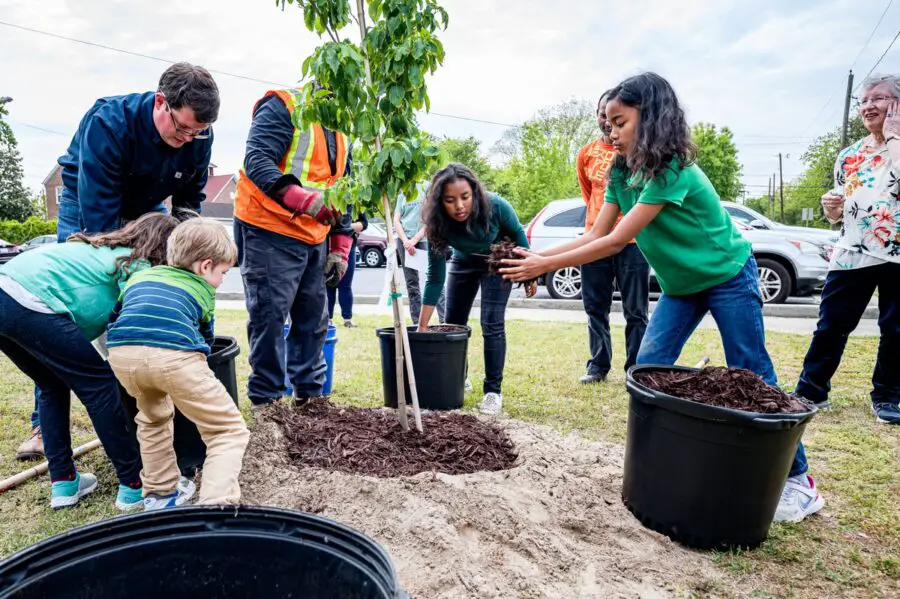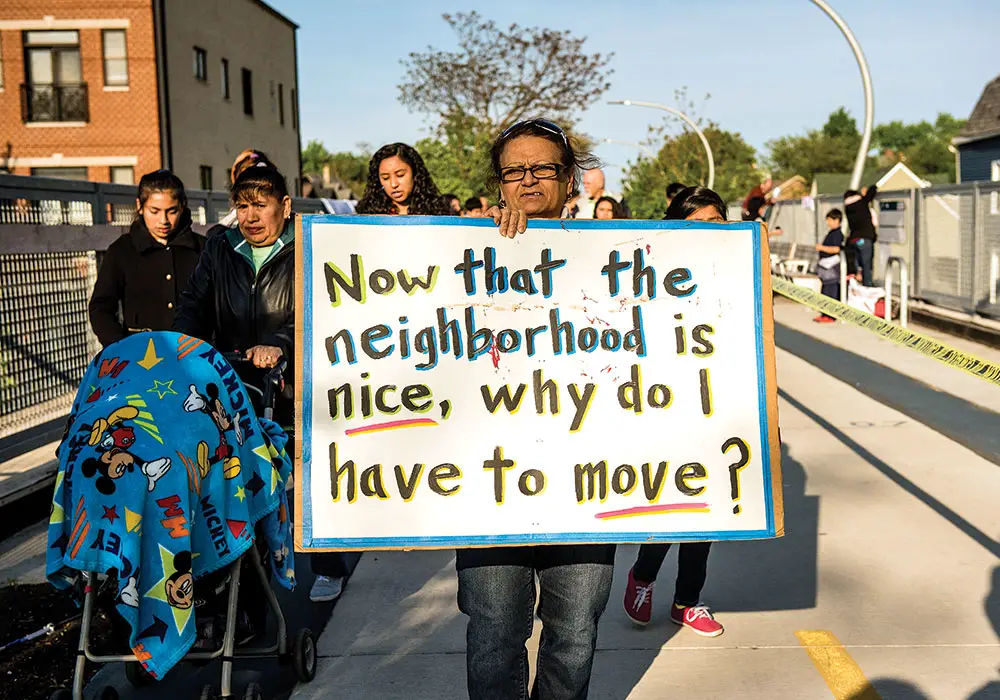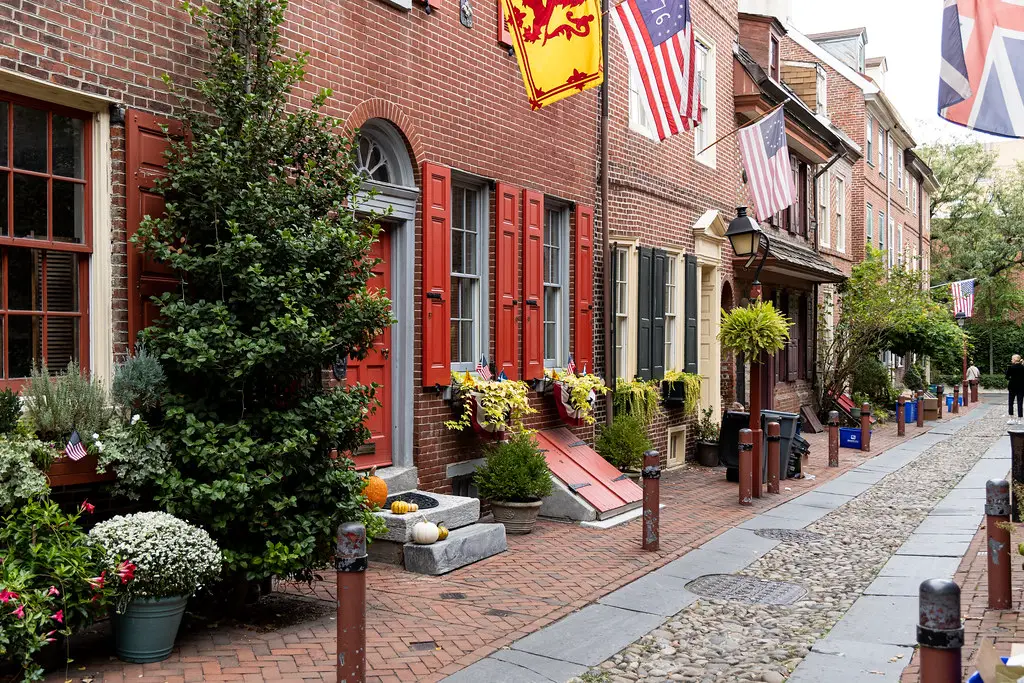Buying property in a culturally rich community can be an exciting opportunity to experience diverse traditions, vibrant local businesses, and a strong sense of heritage. However, it also comes with unique challenges that potential homeowners should consider before making a purchase. While these communities offer deep-rooted history and a dynamic social environment, navigating property ownership requires awareness, respect, and strategic planning. From understanding local dynamics to balancing gentrification concerns, being informed will help you make a responsible and fulfilling investment. Here are four key realities to be aware of before buying property in a culturally rich community.
1. The Importance of Community Engagement and Respect

When moving into a culturally rich neighborhood, it’s essential to recognize that you are becoming part of an established community with long-standing traditions. Many of these areas have deep historical significance and tight-knit social networks that shape daily life. New homeowners should take the time to engage with local residents, attend community events, and learn about the area’s cultural values. Building genuine relationships with neighbors fosters goodwill and helps avoid the perception of being an outsider.
Some communities may be wary of newcomers due to past experiences with displacement or economic shifts caused by gentrification. Approaching your new neighborhood with humility, respect, and a willingness to listen will go a long way in ensuring a smooth transition. Supporting local businesses, respecting cultural landmarks, and participating in neighborhood initiatives show that you value and appreciate the community you are joining.
2. Property Values and Gentrification Concerns

Culturally rich communities often experience fluctuations in property values due to economic development, tourism, and shifting demographics. While investing in these areas can lead to significant property appreciation, it’s important to be aware of the potential consequences of gentrification. As new homeowners move in and property prices rise, long-term residents may struggle with increasing rents, property taxes, and cost-of-living changes.
This can lead to displacement and loss of the very cultural fabric that made the community special in the first place. Responsible buyers should research local housing policies, support initiatives that help longtime residents stay in their homes, and advocate for affordable housing protections. Additionally, understanding the history of the neighborhood and its past economic shifts can provide insight into how future changes might unfold. Being a mindful investor means contributing positively to the community rather than unintentionally causing harm through rising costs and cultural erasure.
3. Zoning Laws and Historical Preservation Regulations

Many culturally rich communities have strict zoning laws and historical preservation guidelines that govern renovations and new developments. These regulations are designed to maintain the architectural integrity and cultural heritage of the area. Buyers should be prepared for possible restrictions on exterior modifications, building expansions, and even paint colors, especially if the property is located in a designated historic district.
Some areas may also have community review boards that must approve changes to homes and businesses. Before purchasing, it’s essential to research local ordinances and understand how they may impact your ability to renovate or expand your property. Working with local architects or contractors familiar with these regulations can help streamline the process and ensure compliance. While these rules may seem restrictive, they play a crucial role in preserving the identity and charm of culturally significant neighborhoods.
4. Navigating Tourism, Noise, and Community Events

Culturally rich communities often attract visitors, festivals, and public celebrations that can significantly impact daily life. Whether it’s live music, food festivals, or parades, these events can bring energy and excitement but also noise and increased foot traffic. Prospective buyers should visit the neighborhood at different times of the day and week to get a feel for the environment.
If you prefer a quiet residential atmosphere, areas with frequent public gatherings might not be the best fit. Additionally, parking and accessibility can be challenges in neighborhoods with high tourism appeal. Some local businesses may operate late into the night, contributing to noise levels that could affect your living experience. Being aware of the neighborhood’s social and cultural rhythms will help you make an informed decision about whether the community aligns with your lifestyle preferences.
